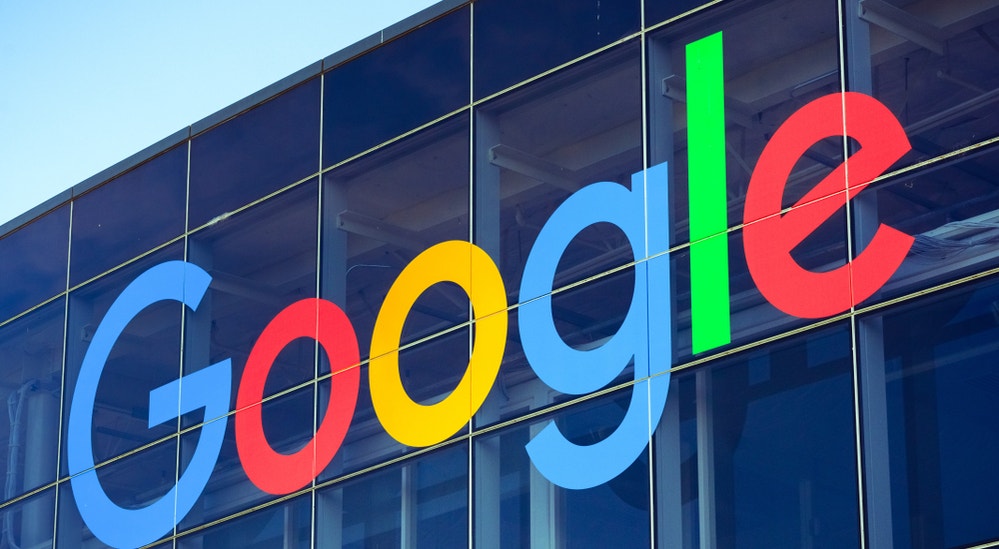
Alphabet Inc.’s GOOG GOOGL Google’s Android operating system dominates the global smartphone industry, thanks to a wide range of options available, starting right at $100 and going all the way up to $1,600.
Android’s success has been one of the key drivers for Google’s growth – the search giant acquired Android Inc. in 2005. Founded by Andy Rubin, Rich Miner, Nick Sears, and Chris White, Android was initially designed to compete with BlackBerry Inc. BB.
However, the iPhone arrived on stage in 2007 and changed the face of the smartphone industry forever. Google quickly adapted its Android operating system to offer a touch-first experience.
The Birth of an Era
Unlike Apple Inc. AAPL, Google adopted an open-source model to lure smartphone makers away from the then-dominant operating systems – Nokia’s Symbian, and Microsoft’s Windows mobile.
This strategy took a few years to take off, with various companies like HTC, Motorola, LG, and Samsung taking the lead at different points.
However, it would take Google three more years to show what its vision of an ideal Android smartphone is like.
Fast-forward to Jan. 5, 2010, Google launched its first smartphone ever – the Nexus One. Developed along with HTC, the Nexus One was launched as a showcase of Google’s vision.
The Google Nexus One was praised for its design and build quality. Its hardware was also ahead of the iPhone at the time, with a slightly taller display that was far considered better than the competition in terms of clarity.
Not just that – the Nexus One was also faster than most Android smartphones available back then and its unique design coupled with the trackball on the chin made it stand out from the crowd.
From Experiment to Establishment
Google launched eight phones under the Nexus brand.
Although the Nexus brand is now defunct, it has been replaced with a more upscale Pixel line of devices.
Google now manufactures phones, tablets, smartwatches, and even truly wireless earbuds, as it looks to provide an alternative to Apple’s primary products.
Now, let’s look at how Google’s stock has fared since the company launched its first phone 14 years ago.
Google’s stock, adjusted for stock splits and other corporate actions, was $15.5415 on Jan. 5, 2010.
Its stock price today is $140.36, which is an increase of 803% during this period.
If you had invested $1,000 in Google stock on Jan. 5, 2010, today, you would have $9,031.30.
On the other hand, a similar investment in the Nasdaq index would be worth $6,320.5, and the S&P 500 worth $4,139.66.
A Future Driven By AI And Pixels
Google has been increasingly investing in artificial intelligence (AI). Though the company has been working on AI for many years, it has been competing against Microsoft Corp. MSFT and others for much of 2023.
Towards the end of 2023, Google fired its biggest salvo against Microsoft-backed OpenAI’s ChatGPT. It launched Gemini, a large-language model that is shown to be beating GPT-4 in benchmarks.
Google has already started rolling out a version of Gemini to its latest flagship smartphone, the Pixel 8 Pro.
Google also demonstrated a more powerful version of Gemini, called Ultra – it is set to arrive in 2024.
Furthermore, the company seems to be preparing to launch a paid version of Google Bard chatbot, its ChatGPT competitor. It could be powered by Gemini Pro and branded as “Bard Advanced.”
Google has also been increasingly integrating AI features into its Pixel phones and other services like Photos. From AI-powered search to voice recordings, message summaries, photos and video stabilization, Google looks to be infusing AI into its portfolio across the board.
Photo Courtesy: Shutterstock.com


